Catnip Plant Varieties: Growing Different Species Of Nepeta
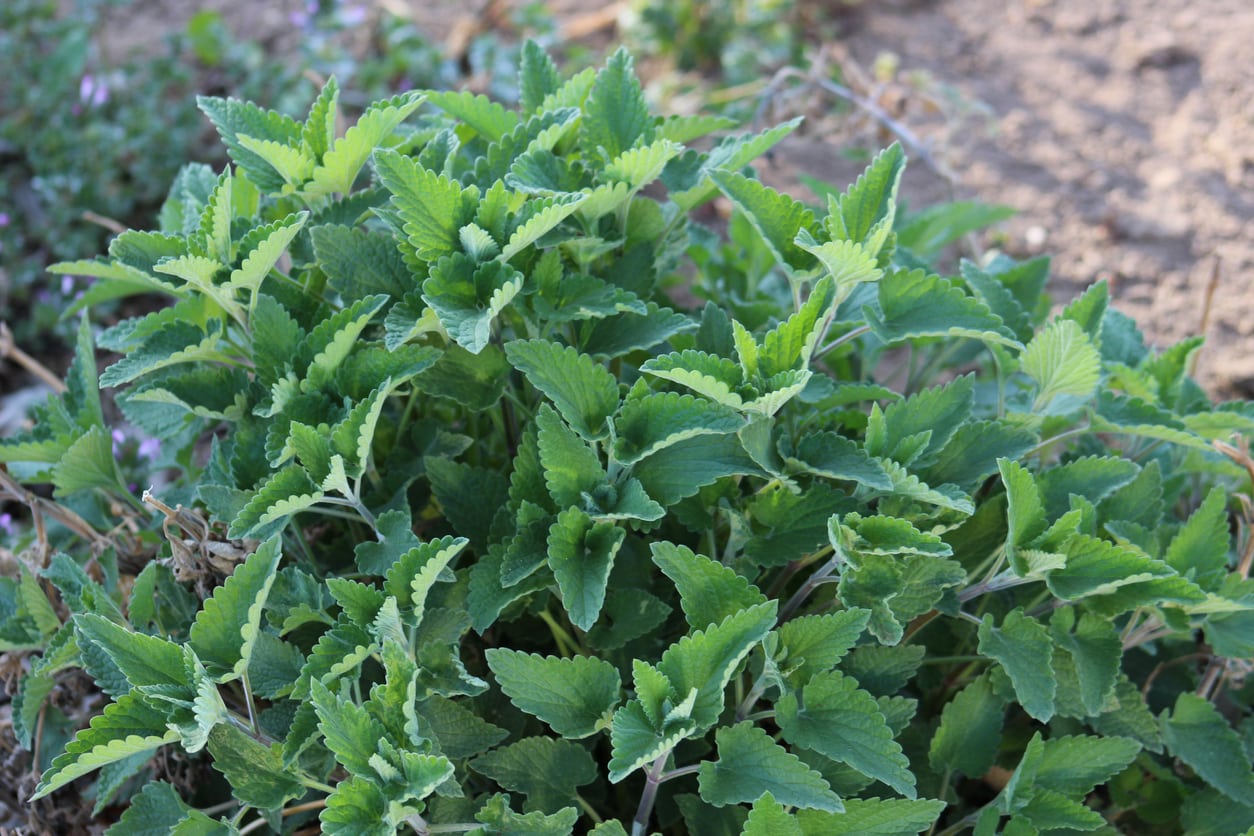

Catnip is a member of the mint family. There are several types of catnip, each easy to grow, vigorous, and attractive. Yes, if you wondered, these plants will attract your local felines. When the leaves are bruised, they release nepetalactone, the compound that makes cats euphoric. Exposure to the plant will not only bring the cat pleasure but gives you numerous photo opportunities and a general joyful feeling as you watch “Fluffy” cavort about in glee.
Varieties of Catnip
The most common of the catnip plant varieties is Nepeta cataria, also known as true catnip. There are many other species of Nepeta, many of which have several colors of flowers and even specialized scents. These different catnip plants are native to Europe and Asia but have naturalized easily in parts of North America. Catnip and its cousin catmint have hybridized to create several offshoots of the original variety. There are five popular types that include:
- True catnip (Nepeta cataria)– Produces white to purple flowers and grows 3 feet (1 m.) high
- Greek catnip (Nepeta parnassica)– Pale pink blooms and 1½ feet (.5 m.)
- Camphor catnip (Nepeta camphorata)– White flowers with purple dots, about 1½ feet (.5 m.)
- Lemon catnip (Nepeta citriodora)– White and purple blooms, reaching about 3 feet (1 m.) tall
- Persian catmint (Nepeta mussinii)– Lavender flowers and a height of 15 inches (38 cm.)
Most of these types of catnip have grayish green, heart-shaped leaves with fine hairs. All have the classic square stem of the mint family. Several other species of Nepeta are available for adventurous gardeners or kitty lovers. Giant catnip is over 3 feet (1 m.) tall. The flowers are violet blue and there are several cultivars such as 'Blue Beauty.' 'Caucasian Nepeta' has big showy flowers and Faassen's catmint produces a dense mound of large, bluish green leaves. There are different catnip plants from Japan, China, Pakistan, the Himalayas, Crete, Portugal, Spain, and more. It seems like the herb grows in some form or another in almost every country. Most of these prefer the same dry, hot sites as common catnip, but a few such as Kashmir Nepeta, Six Hills Giant, and Japanese catmint prefer moist, well-draining soil and can bloom in part shade.
Gardening tips, videos, info and more delivered right to your inbox!
Sign up for the Gardening Know How newsletter today and receive a free copy of our e-book "How to Grow Delicious Tomatoes".

Bonnie Grant is a professional landscaper with a Certification in Urban Gardening. She has been gardening and writing for 15 years. A former professional chef, she has a passion for edible landscaping.
-
 5 Tough Urban Trees That Thrive In Cities – Top Picks For Urban & Suburban Landscapes
5 Tough Urban Trees That Thrive In Cities – Top Picks For Urban & Suburban LandscapesExplore the best urban trees that will add value to even the most challenging of landscapes. Get growing with these ideas and enjoy all the benefits of trees.
By Teo Spengler
-
 7 New & Improved Cultivars Of Old-Fashioned Plants – These Aren’t Your Grandma’s Plants!
7 New & Improved Cultivars Of Old-Fashioned Plants – These Aren’t Your Grandma’s Plants!Old is new again! These old-fashioned plants have new cultivars that are sure to thrive in your garden and bring the charm factor. Neighbors will be envious!
By Mary Ellen Ellis
-
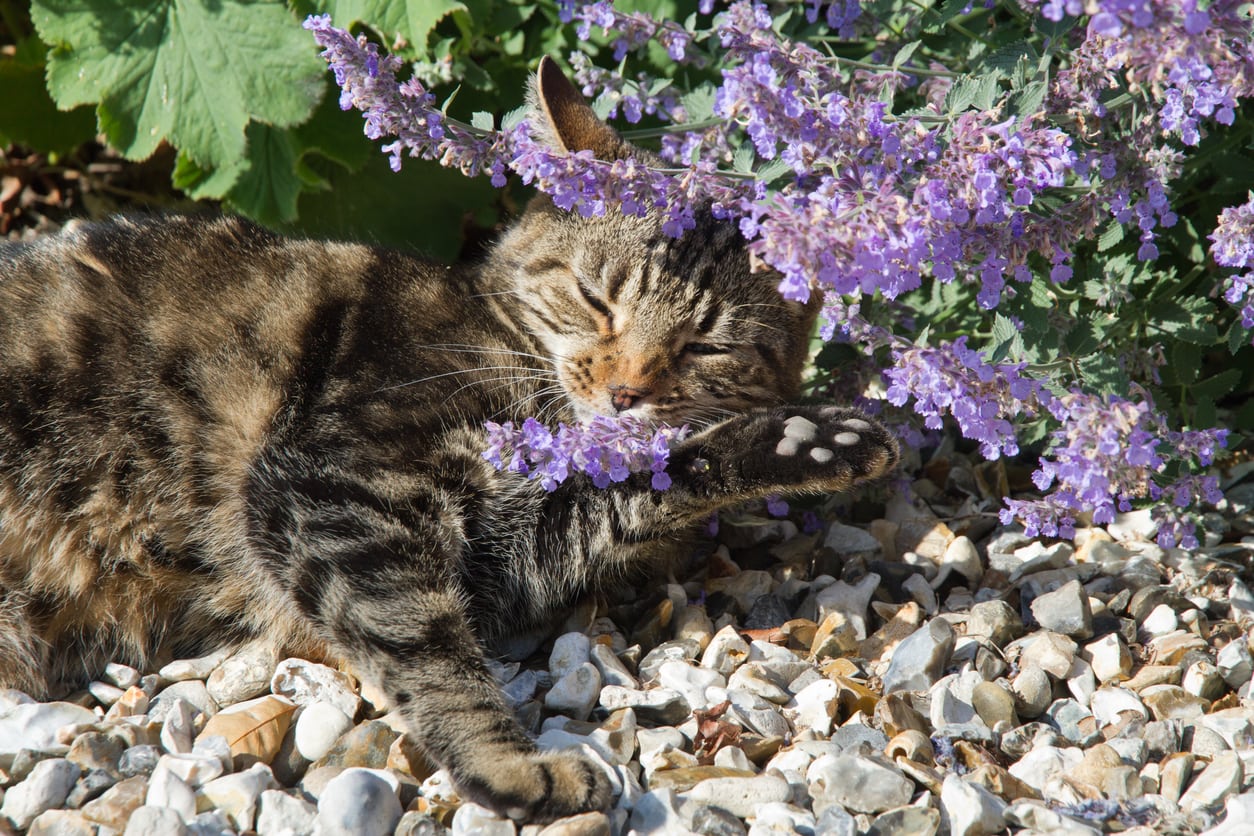 Catnip Winter Care – Is Catnip Winter Hardy
Catnip Winter Care – Is Catnip Winter HardyEven if you don’t have cats, catnip is a perennial herb that is easy to grow and attracts bees and other pollinators. You can even make a tasty and stomach-soothing tea from it. Depending on where you live, winter can be a little harsh on your catnip, so learn how to protect it here.
By Mary Ellen Ellis
-
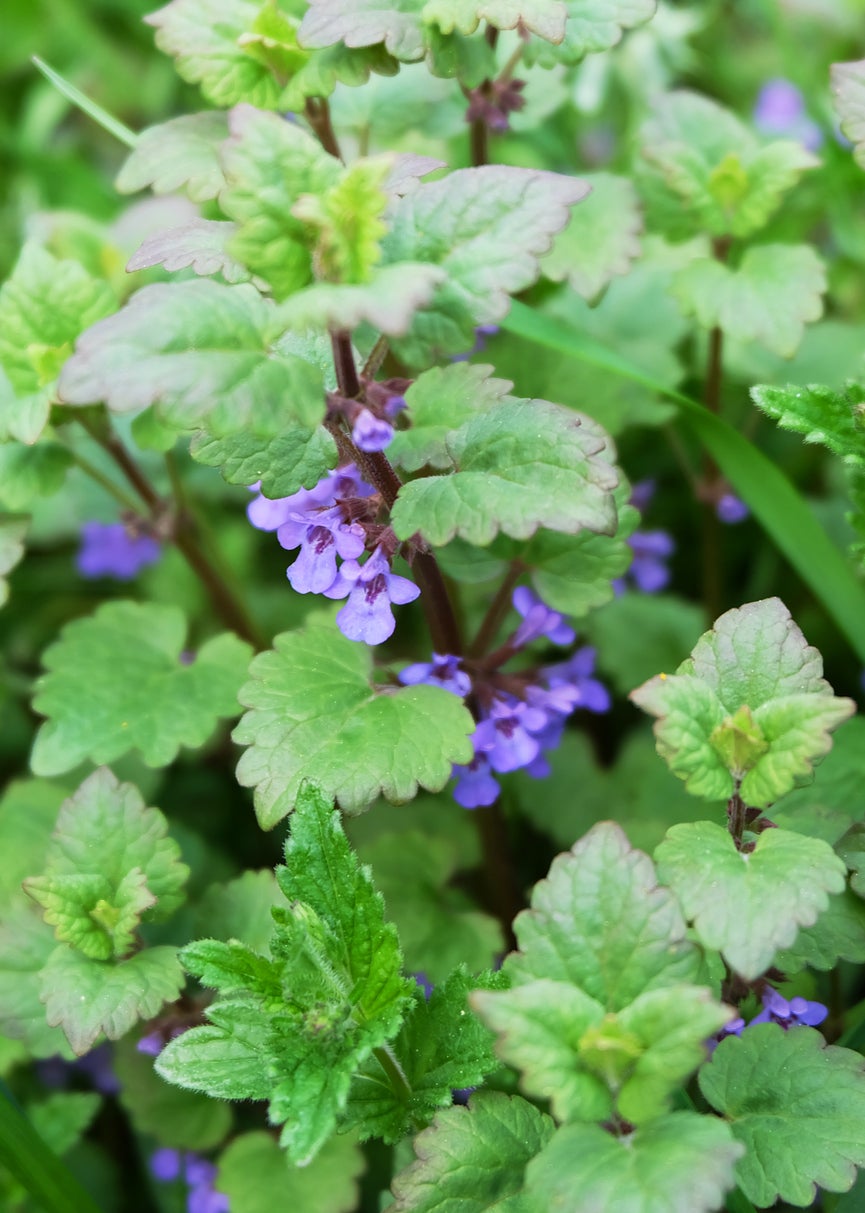 Cutting Back Catnip: Should I Prune Catnip Plants
Cutting Back Catnip: Should I Prune Catnip PlantsCatnip is a no-fuss, easy-to-grow member of the mint family that requires little maintenance. What about pruning catnip plants though? Is cutting back catnip necessary? Click here to find out about pruning catnip plants and, if need be, how to prune catnip.
By Amy Grant
-
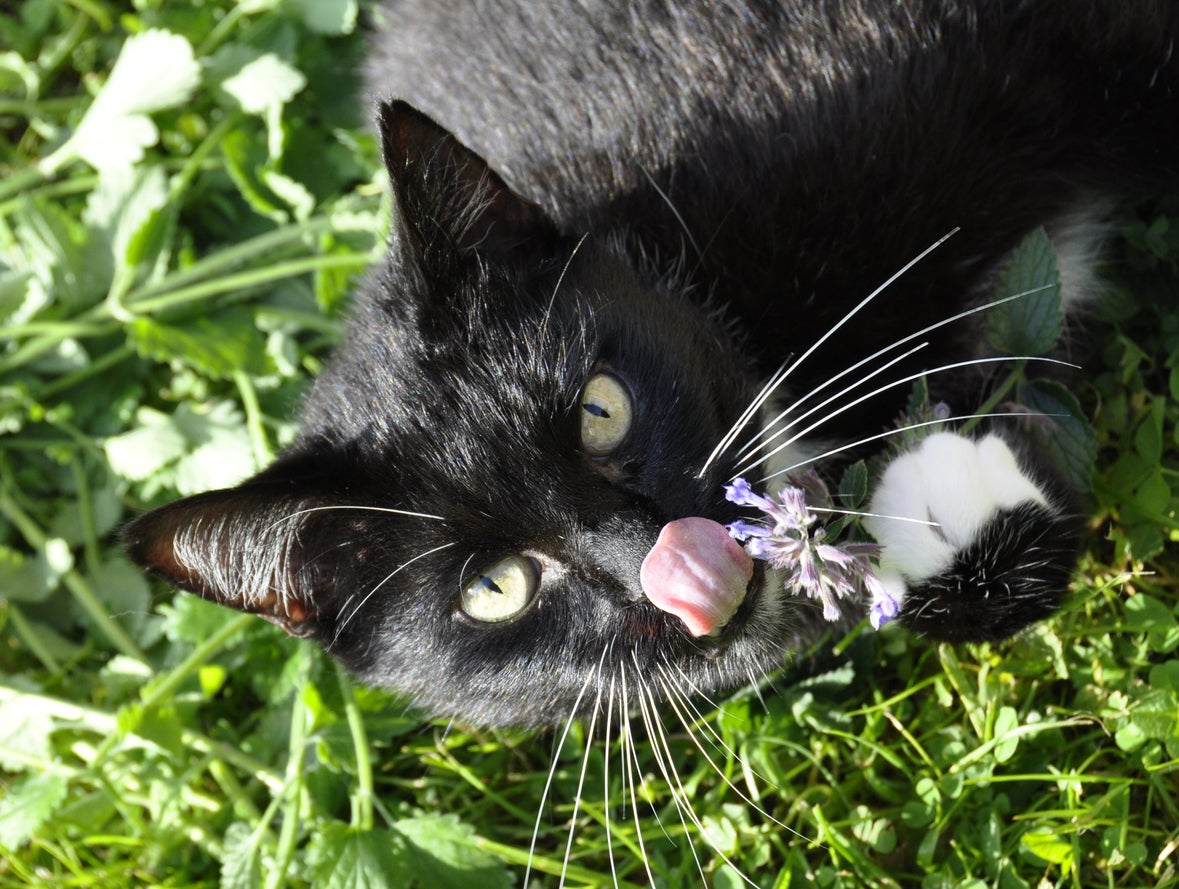 Planting Catnip For Cats: How To Grow Catnip For Cat Use
Planting Catnip For Cats: How To Grow Catnip For Cat UseIf you have cats, then you are more than likely to have given them catnip or have toys for them that contain catnip. As much as your cat appreciates this, he/she would love you even more if you provided them with fresh catnip. Learn about planting catnip for cats here.
By Amy Grant
-
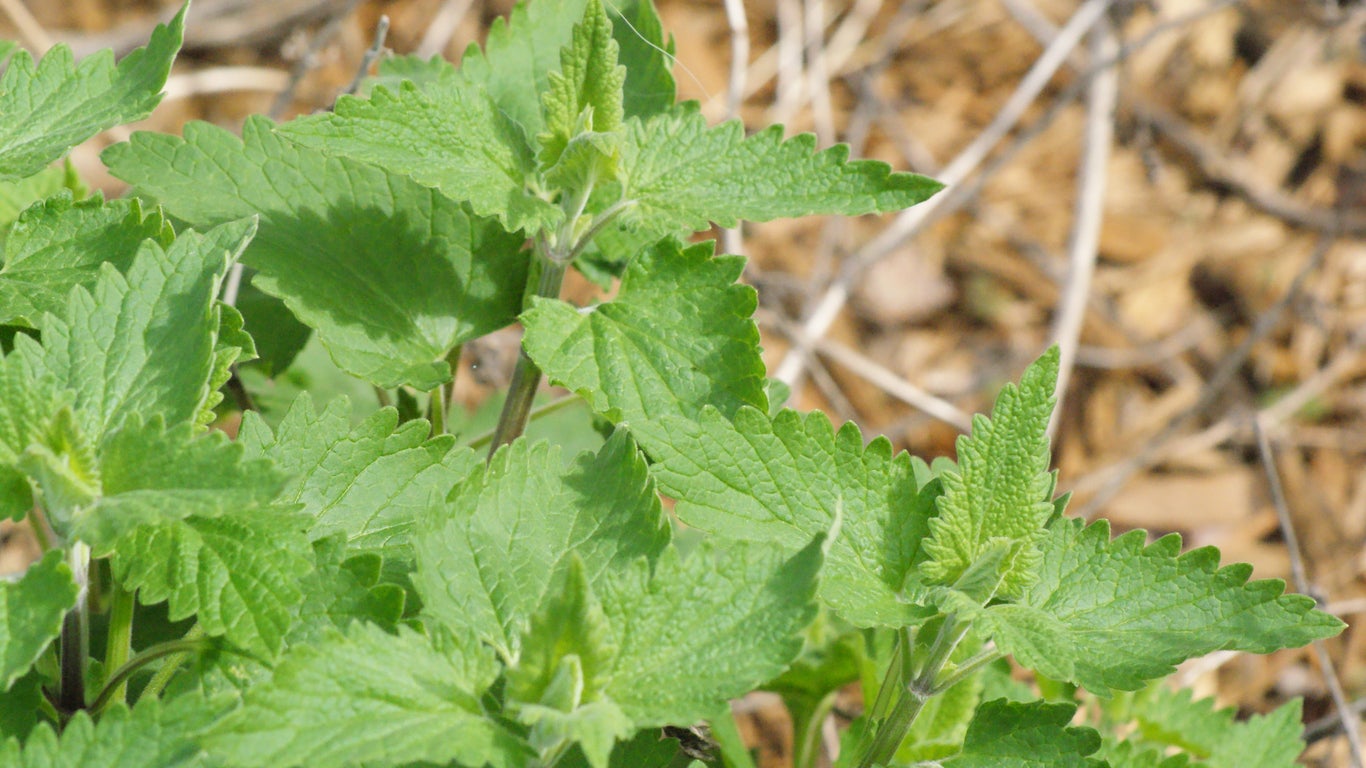 Treating Catnip Diseases – How To Manage Problems With Catnip
Treating Catnip Diseases – How To Manage Problems With CatnipThere are few issues that will seriously affect the plant's health. They take quite a lot of abuse from overly interested neighborhood felines. However, if your plant looks sick, fungal issues are probably the most common diseases of catnip. Learn more here.
By Bonnie L. Grant
-
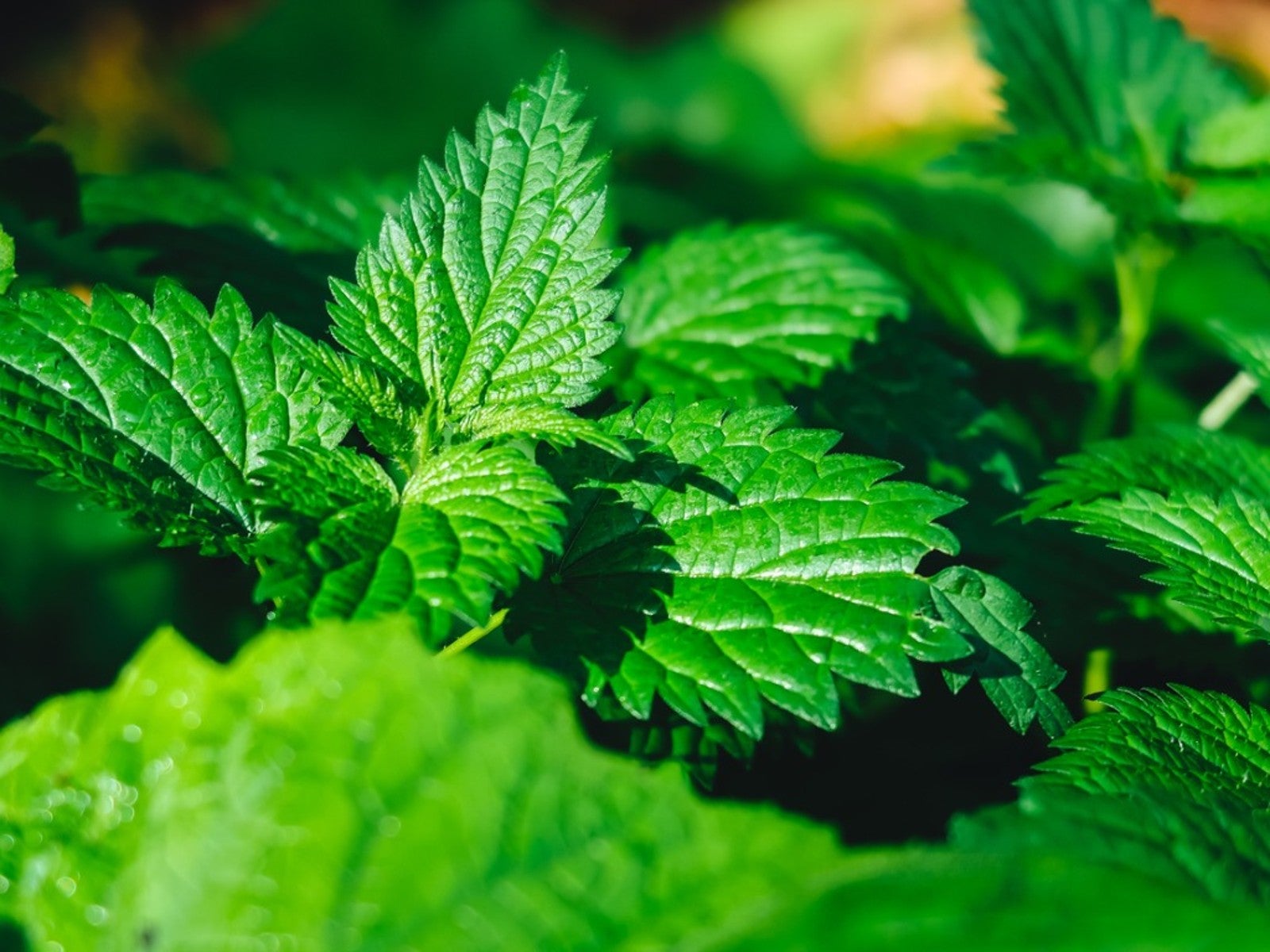 Catnip Propagation Methods – Tips For Growing New Catnip Herb Plants
Catnip Propagation Methods – Tips For Growing New Catnip Herb PlantsDoes kitty love her catnip toys? Well then, perhaps you should grow your own catnip herb plants. Don’t know how to propagate catnip? Growing new catnip plants is easy. Click on the following article to find out about catnip propagation.
By Amy Grant
-
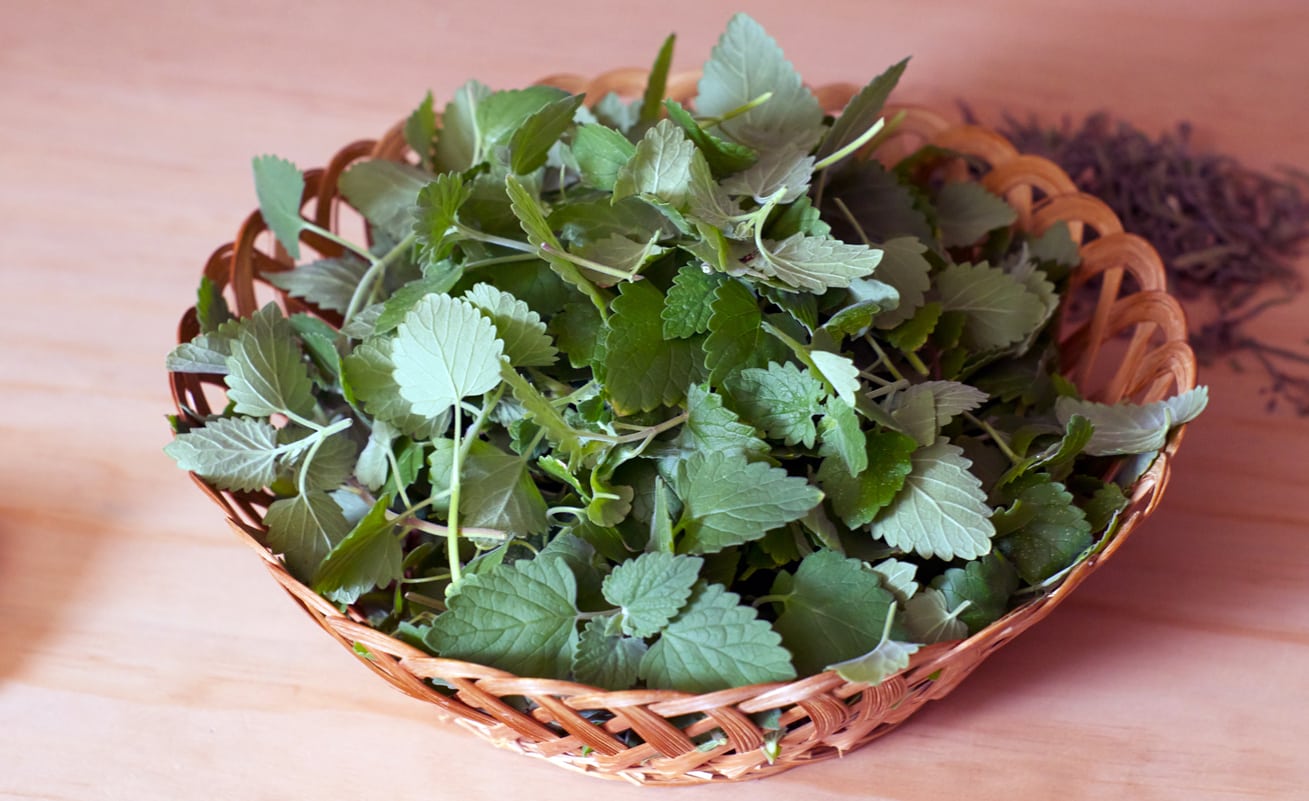 What Is Catnip For: Learn About Various Uses For Catnip
What Is Catnip For: Learn About Various Uses For CatnipThe name says it all, or almost all. Catnip is a common herb that you can cultivate in the garden but that also grows wild. Knowing how to use catnip means you can put this plentiful herb to good use for both you and your feline friends. Learn more in this article.
By Mary Ellen Ellis
-
 Dogs And Catnip – Is Catnip Bad For Dogs
Dogs And Catnip – Is Catnip Bad For DogsCats and dogs are opposite in so many ways that it is no surprise that they react differently to catnip. While cats delight in the herb, rolling in it and becoming almost giddy, dogs do not. So is catnip bad for dogs? Can dogs eat catnip? Find out in this article.
By Teo Spengler
-
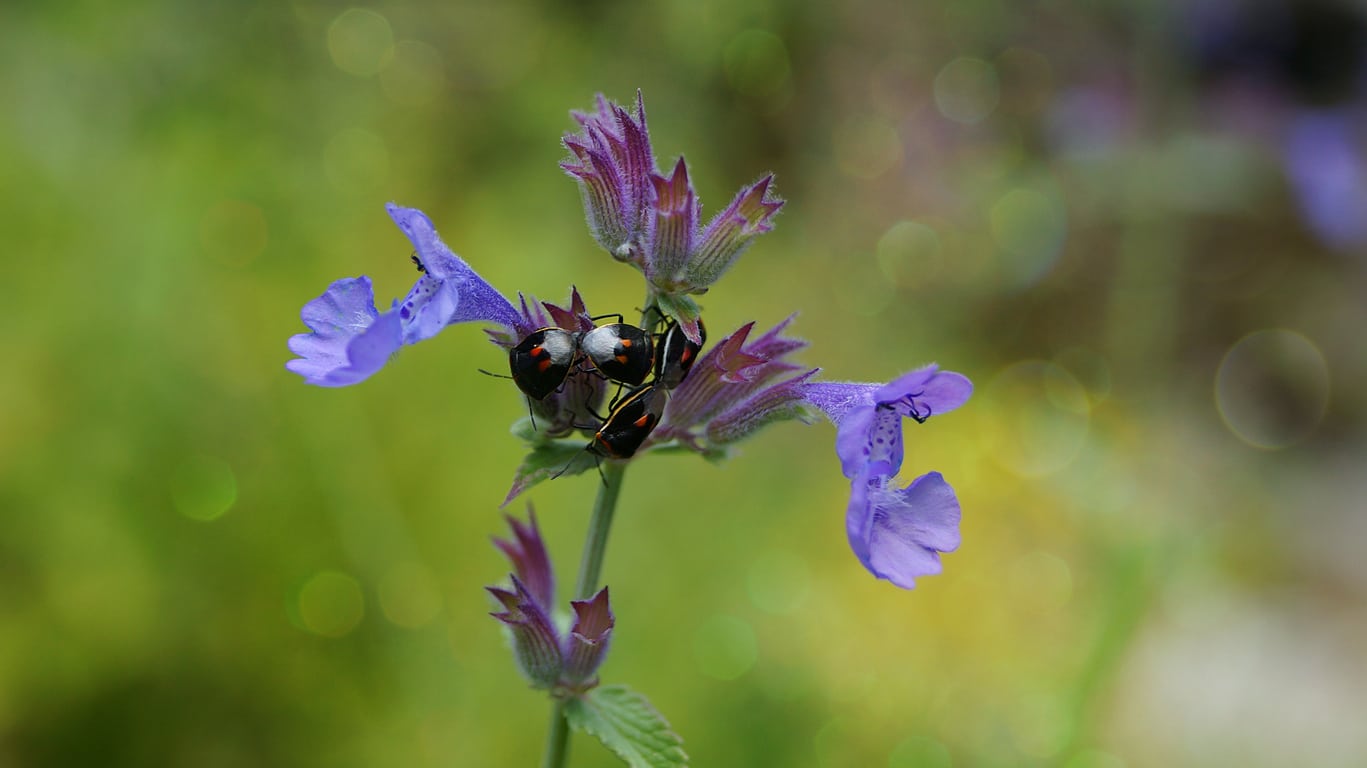 Catnip And Insects – How To Fight Catnip Pests In The Garden
Catnip And Insects – How To Fight Catnip Pests In The GardenThe plants are generally trouble-free, and when it comes to catnip, pest problems generally aren’t much of a problem. Click on this article for information on a few common catnip plant pests, along with some helpful tips on catnip as a pest repellent.
By Mary H. Dyer